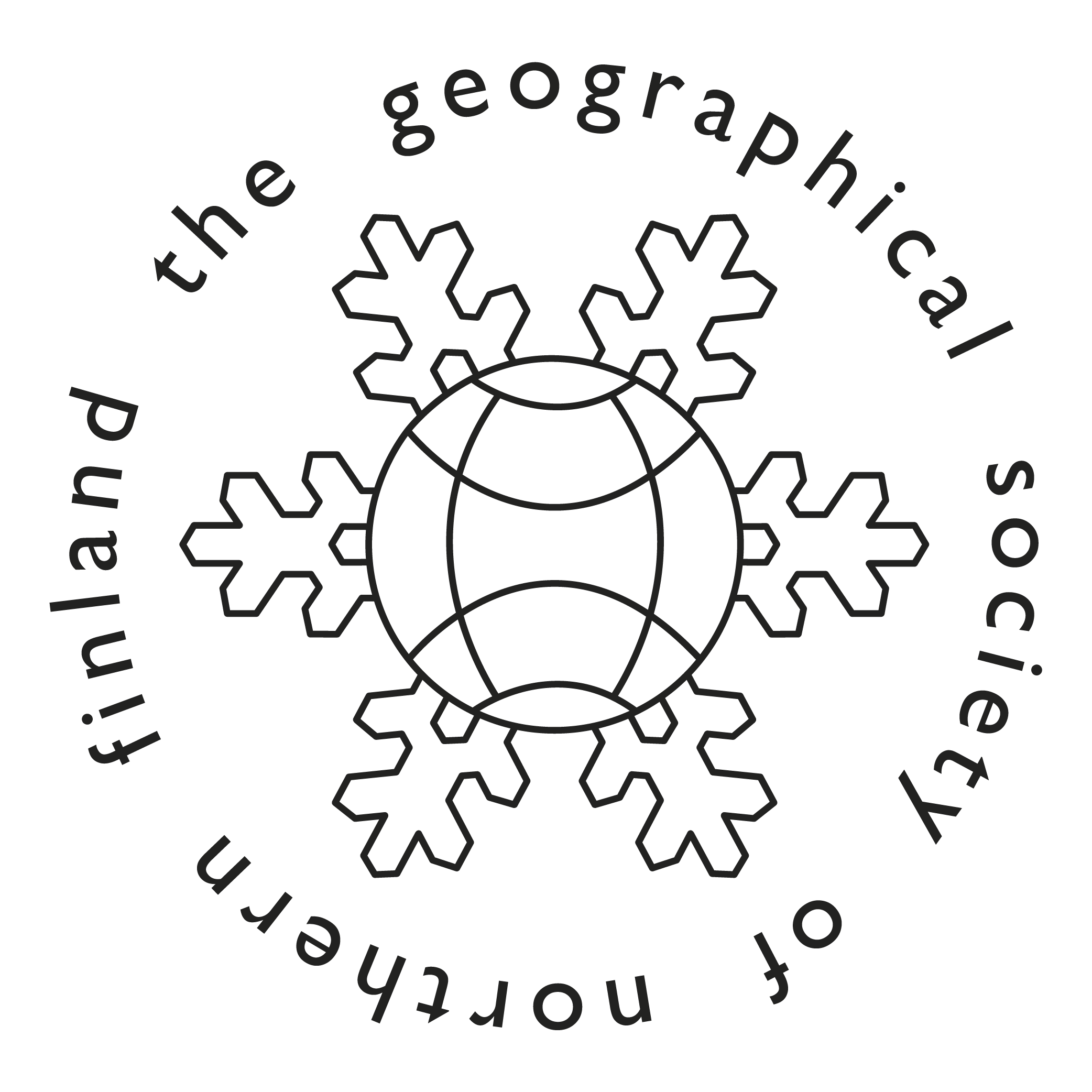Multi-scale relationship between geodiversity and biodiversity across high-latitude environments: implications for nature conservation
Abstract
The natural diversity of Earth consists of two main elements: the diversity of biotic nature (biodiversity) and the diversity of abiotic nature (geodiversity). Their relationship is theoretically strong but insufficiently studied. A conservation principle called Conserving Nature’s Stage (CNS) states that geodiversity (e.g. data on geological, geomorphological and hydrological richness) could be used as a coarse filter strategy for conserving biodiversity in changing environmental conditions. It is based on an idea that areas where geodiversity is high are capable of supporting high biodiversity, because organisms depend on the abiotic “stage” on which they exist. The capability of present conservation actions to protect and sustain biodiversity in the face of global change is under debate, and CNS is proposed as one complementary solution to this issue. There is an urgent need for studies that examine the relationship between geo- and biodiversity to assess the possibilities of CNS for nature conservation.
In this thesis, I explored the potentiality of how geodiversity information can be used in assessing biodiversity by examining their relationship in different areas, at different spatial scales and with different measures. This thesis consists of three studies: (1) a study where the importance of geodiversity, topographical and climatic variables to threatened species diversity and rarity was analysed, (2) a study where geodiversity and vascular plant species richness were examined at different land-use intensity (hemeroby) levels, and (3) a study where landforms were evaluated based on their vascular plant diversity. My most important goal was to determine how landforms and landscape-scale geodiversity (i.e. variables for which the geological, geomorphological and hydrological feature richness are accounted) are related to biodiversity (i.e. the species diversity and rarity of vascular plants and other taxa).
The results highlighted the overall positive relationships between geo- and biodiversity in high-latitude environments. Geodiversity variables had consistent positive effects on threatened species richness, especially for threatened vascular plants. Of geodiversity variables, geomorphological richness was the most important predictor for most taxa, indicating that the landscape-scale variability of landforms plays an important role in determining threatened species richness patterns. Independent geodiversity contributions for vascular plant species richness were highest in pristine environments throughout Finland, and geodiversity land-use intensity relationships were mainly negative. Landforms were, in general, more diverse than control sites and there was notable variation in plant species diversity between different landforms. Gullies and river shores were the most diverse landforms at alpha and gamma diversity levels, whereas aapa mires were taxonomically the most unique (i.e. they had the highest beta diversity).
To conclude, geodiversity added explanatory power for biodiversity models and accounted uniquely for richness patterns for both common and threatened species. Geodiversity variables that take into account the variation in soil, rock, geomorphology and hydrology have importance for biological communities at high latitudes and should be incorporated into conservation management and planning. This reinforces recent arguments that CNS is an important and valid principle in conservation. More knowledge on the relationship between geodiversity and biodiversity is still needed, encompassing different biomes and geographical extents to inform appropriate ways of conserving nature, especially in the context of ongoing global change.






